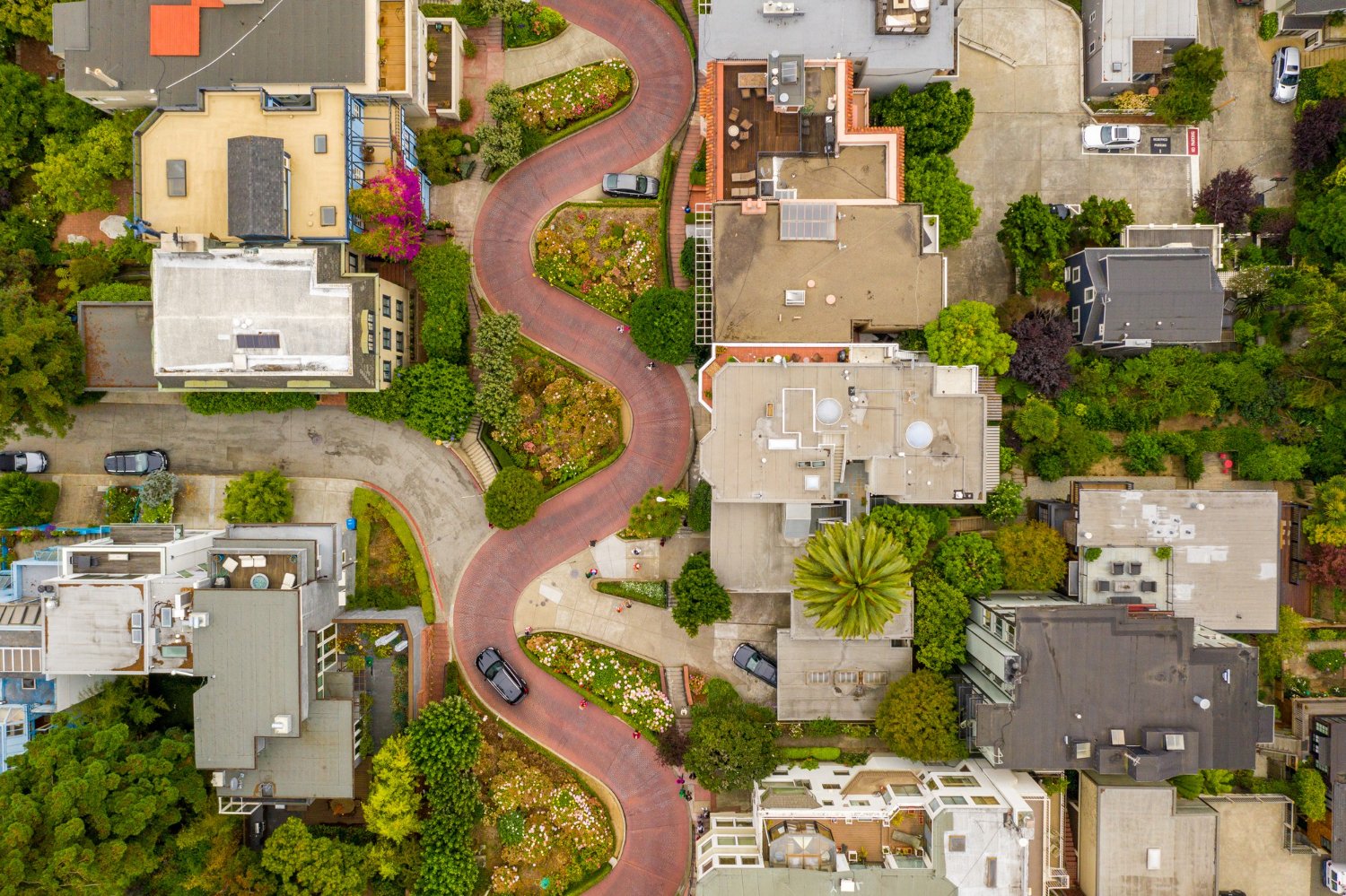When it comes to real estate, buyers aren’t just purchasing a home — they’re buying into a lifestyle. That’s where neighborhood branding comes in. In 2025 and beyond, communities are using marketing strategies once reserved for big companies to build identity, attract buyers, and boost property values.
What Is Neighborhood Branding?
Neighborhood branding is the art of defining and promoting what makes a community unique — from its architectural style and local businesses to its schools, amenities, and lifestyle. It’s the reason some areas are known as “family-friendly,” “up-and-coming,” or “luxury waterfront communities.”
A strong neighborhood brand tells a story that connects emotionally with residents and potential buyers alike.
Why Neighborhood Branding Matters in Real Estate
1. It Creates Emotional Appeal
Buyers are drawn to communities that feel like a fit for their identity and values. Whether it’s a hip downtown district, a quiet golf-course neighborhood, or a coastal community with resort-style amenities, branding helps people see themselves belonging there.
2. It Builds Trust and Recognition
Just like a business, a neighborhood with a clear and consistent message — through signage, events, or social media presence — builds familiarity. That recognition can increase perceived value and speed up home sales.
3. It Strengthens Community Pride
Residents who identify with their neighborhood’s brand become its best ambassadors. They share stories, post photos, and generate word-of-mouth marketing that’s authentic and powerful.
4. It Boosts Local Business and Property Value
A strong identity doesn’t just draw buyers — it draws investment. Restaurants, shops, and service providers want to be part of vibrant, well-branded communities. That economic ripple effect lifts home values and quality of life.
Examples of Strong Neighborhood Branding
- Historic Districts emphasize heritage, architecture, and preservation.
- Modern Master-Planned Communities promote technology, sustainability, and amenities.
- Coastal or Lakefront Areas focus on leisure, outdoor living, and natural beauty.
- Urban Revivals highlight walkability, creativity, and culture.
Each one tells a different story — and that story helps buyers choose not just where to live, but how.
The Bottom Line
A well-defined neighborhood brand can transform an area from “just another subdivision” into a destination. For real estate agents, developers, and homeowners alike, understanding — and contributing to — that brand is key to long-term success.
In today’s market, the community sells the lifestyle as much as the home sells the space.


